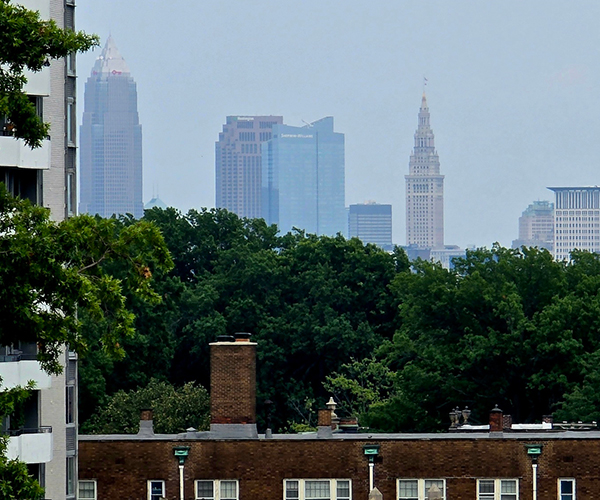The data is clear: America’s housing market is unaffordable for too many. As rents, sale prices, interest rates, insurance premiums (especially in climate-vulnerable regions) and student loan debts rise — as wages don’t keep up — Gen Z and Millennials are all but locked out of the housing market.
“That’s driven, in part, by the shortage of quality for-sale housing but also the rapid increase in prices and interest rates that have put home ownership out of reach for many,” says Michael Sikora III, managing partner at the Cleveland-based real estate law firm Sikora Law and president-elect of the Commercial Real Estate Development Association. “First-time homebuyers have been hit especially hard by these factors.”
According to the National Association of Realtors’ most recent affordability index, the average price for a starter home was higher ($342,200) in the second quarter of 2023 than it was in the full year of 2020 ($255,200). Due to mortgage interest rates nearly doubling from 3.17% in 2020 to 6.1% in June, the average monthly payment among first-time homebuyers also almost doubled between 2020 ($1,021) and 2023 ($2,012).
The problem comes from qualifying for mortgages, especially among first-time homebuyers. NAR data shows the median family income nationwide rose from $84,394 in 2020 to $98,270. Sounds decent, right? Nope. In fact, here’s where it gets ugly.
NAR says the average qualifying income to buy a new house with a mortgage in 2020 was $49,680, which is based on a 25% qualifying ratio for monthly housing expense to gross monthly income with a 20% down payment. In August, NAR data showed the qualifying income in most areas is above $100,000 — more than the average family income. Many potential first-time buyers believe renting or living with family remains the only option.
SUGGESTED: 15 NOTES ON CLEVELAND'S AMBITIONS TO BE A 15-MINUTE CITY
But there is a way to beat the market. NAR’s affordability index, which ranks U.S. metropolitan areas based on housing prices, costs of living and incomes, Ohio’s metro areas are more affordable than almost anywhere in the country. Combined with remote work, Cleveland’s recent “brain gain,” or influx of college-educated individuals, makes more sense.
The higher the index number is, the more affordable it is. As a national average, the index was 169.9 in 2020 and fell to 103.8 in 2022. Not one of the 180 metro areas in NAR’s affordability index saw affordability improve in 2022. Yet, in Ohio, all eight metro areas were more affordable than the national average. Youngstown-Warren-
Boardman, OH-PA was the most affordable at 232.6, followed by Toledo (226.0); Akron (206.2); Canton-Massillon (201.0); Cleveland-Elyria (185.0); Dayton (183.3); Cincinnati (163.9); and Columbus (142.4). Still, between 2021 and 2022, all Ohio metros saw affordability fall, with Toledo’s dropping the least (17%) and Columbus falling the most (26.5%). Cleveland’s fell 26%.
Akil Hameed, president of the Akron Cleveland Association of Realtors, notes that, while Northeast Ohio is more affordable than the national average, the region’s housing inventory is down 17% and sale prices continue to rise.
Looking forward, Northeast Ohio needs to rebuild or replace housing stock, which he considers old. Unfortunately, he and Sikora say, banks are tightening their lending for new single- and multi-family housing, requiring more public incentives to consummate deals. That means the situation may continue unchanged until the presidential election in 2024.
From food to art to development, learn more about the Future of Cleveland.
For more updates about Cleveland, sign up for our Cleveland Magazine Daily newsletter, delivered to your inbox six times a week.




